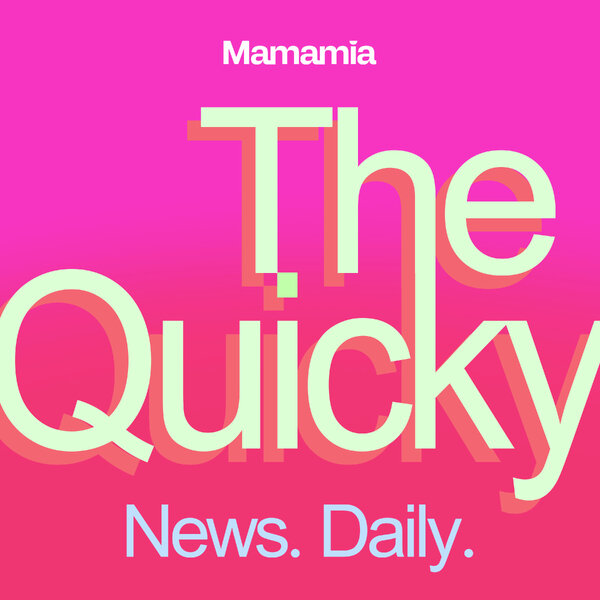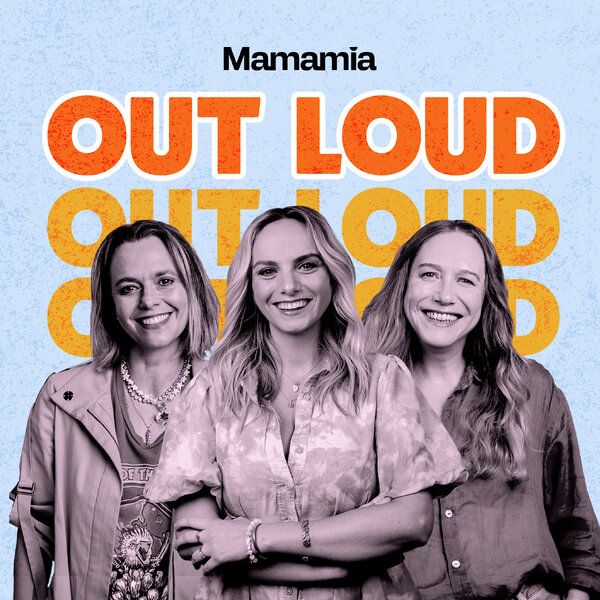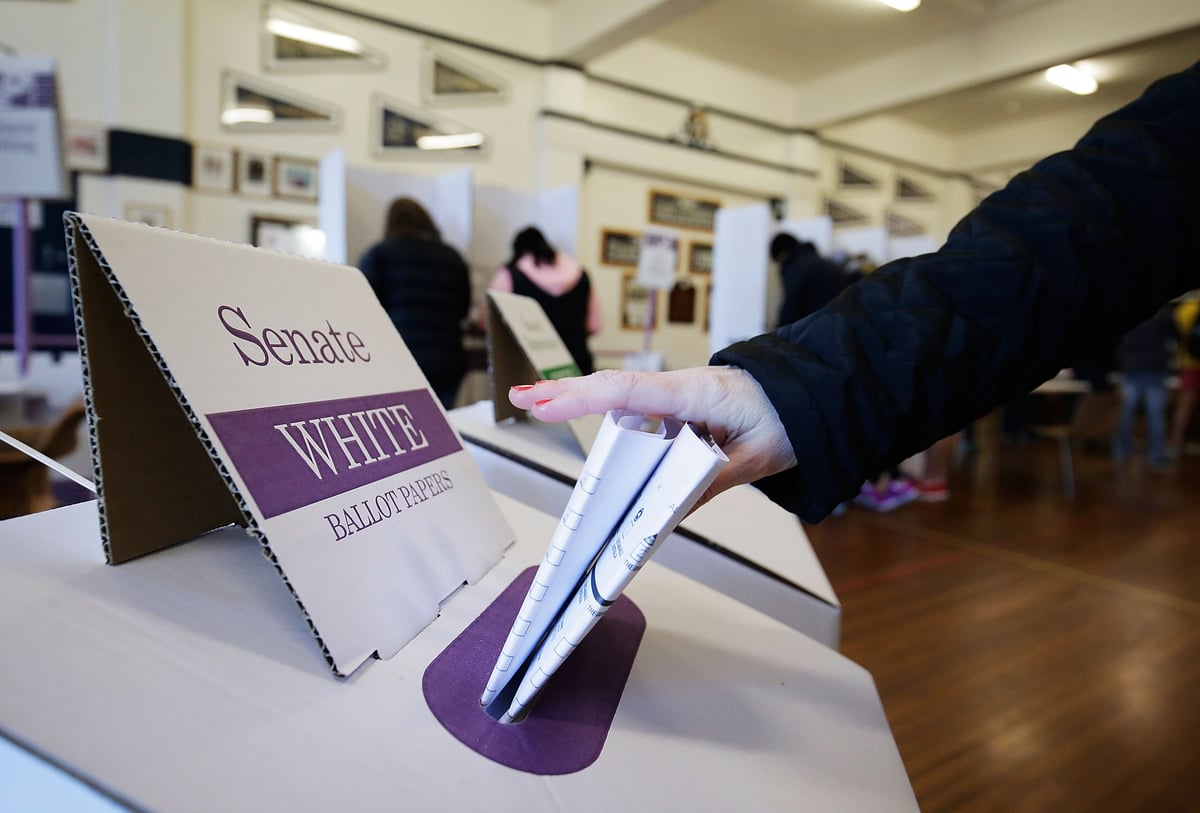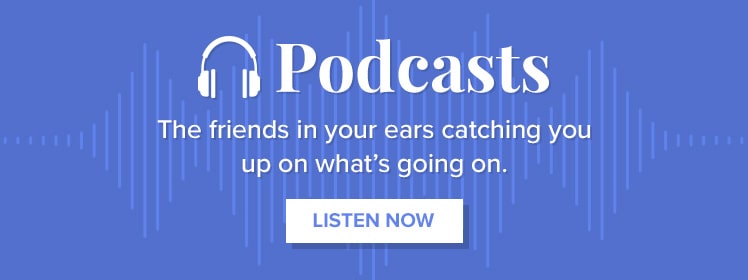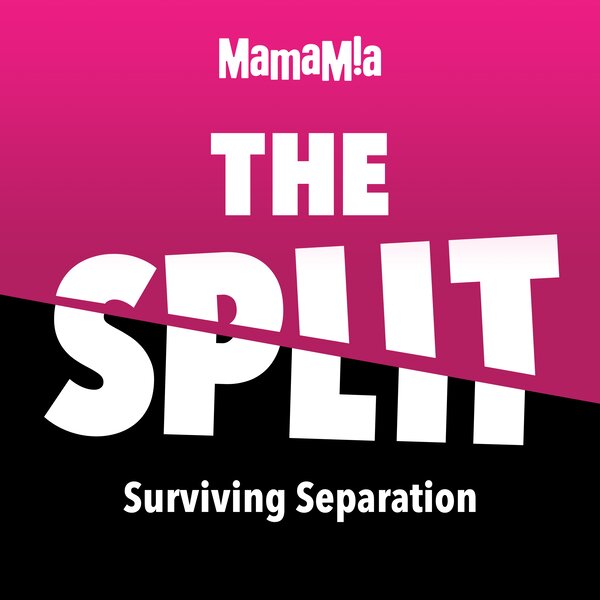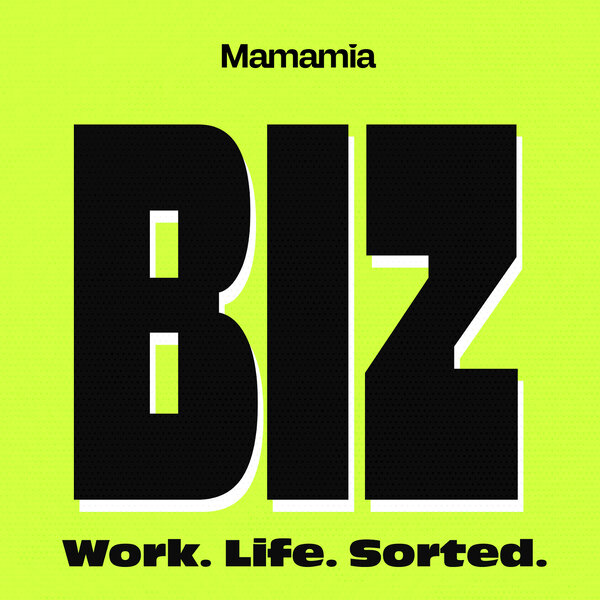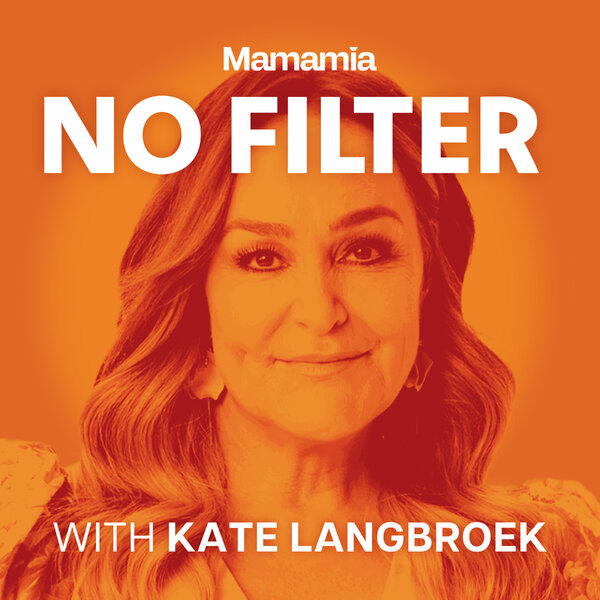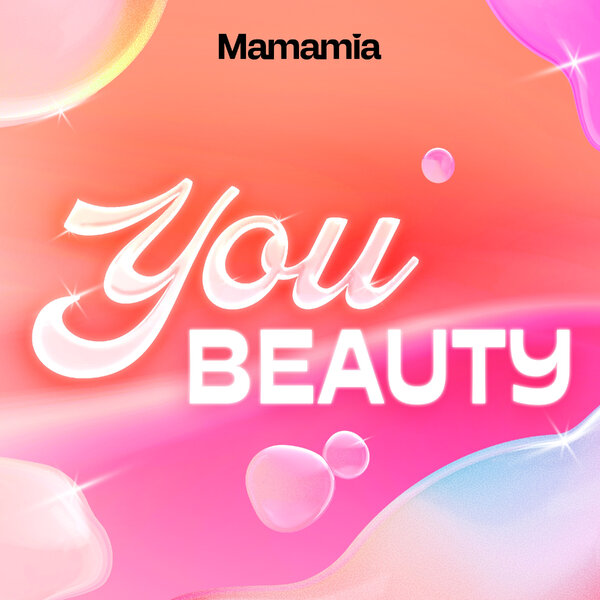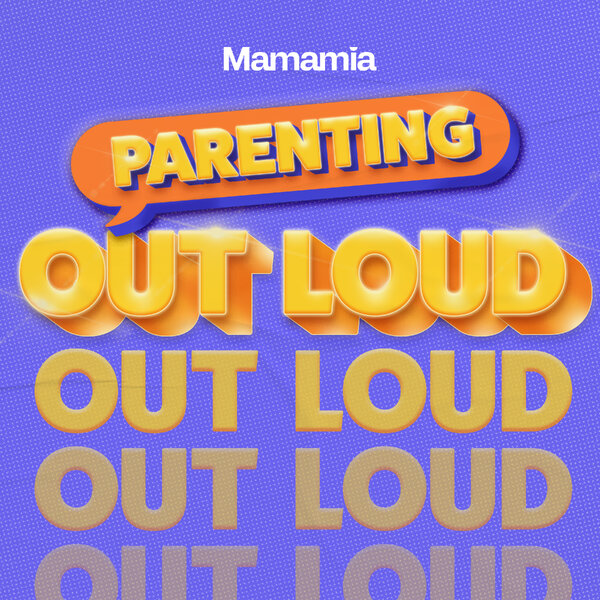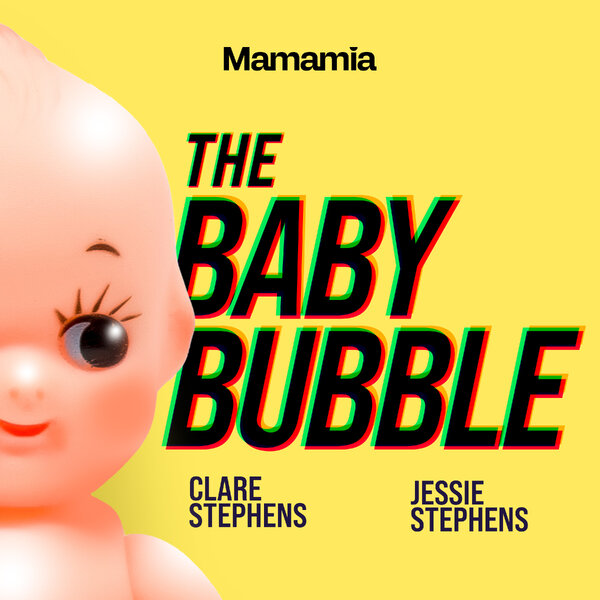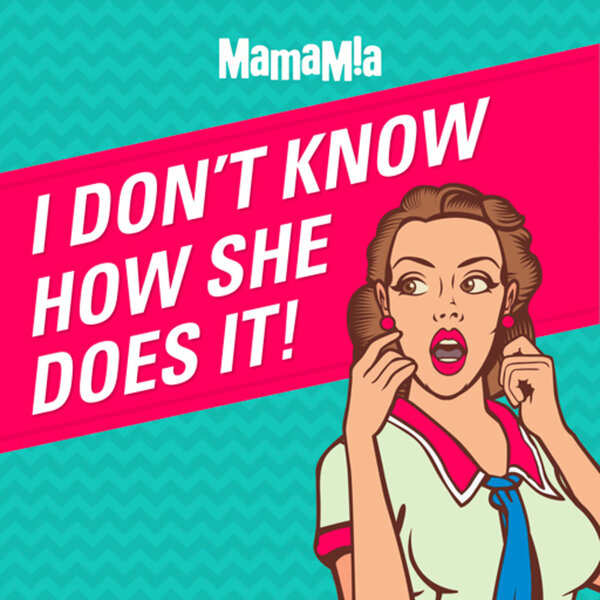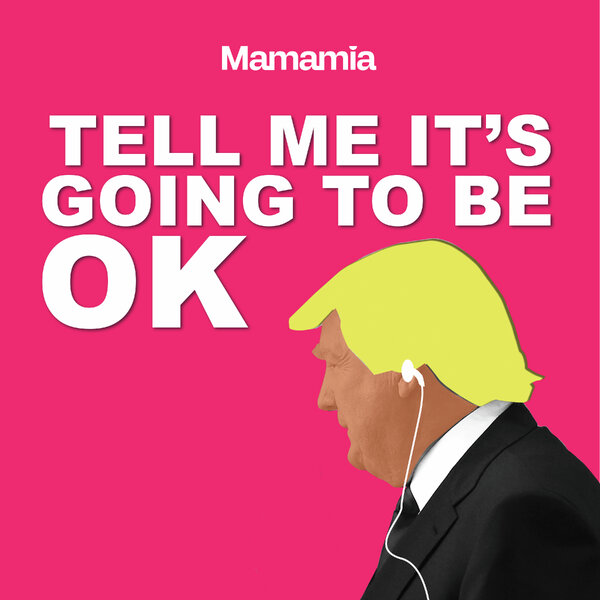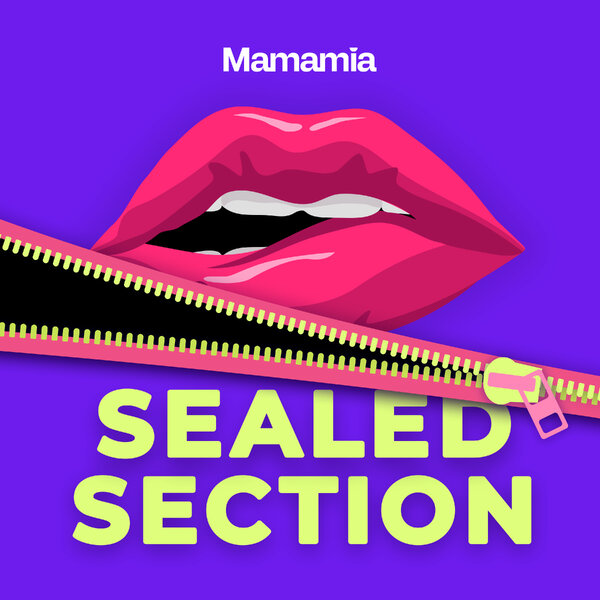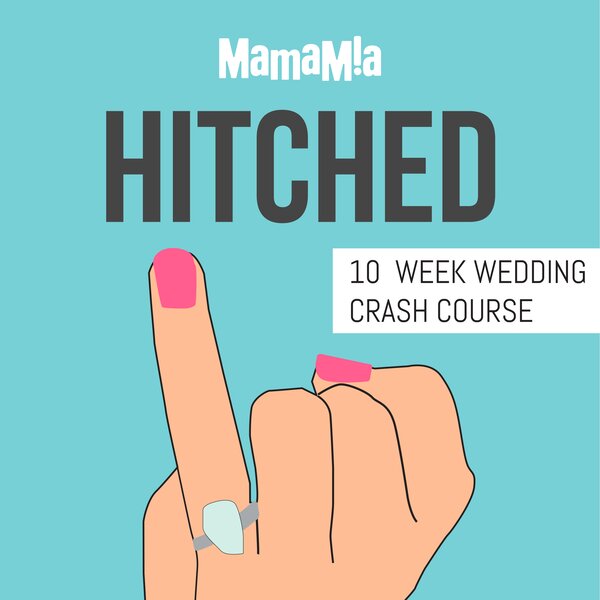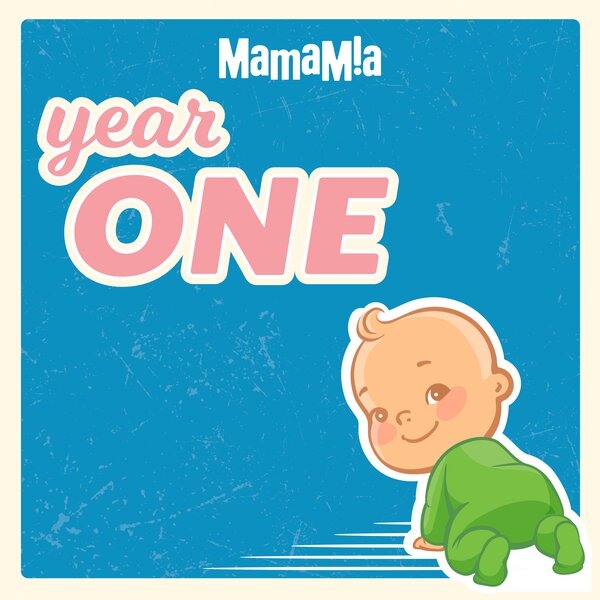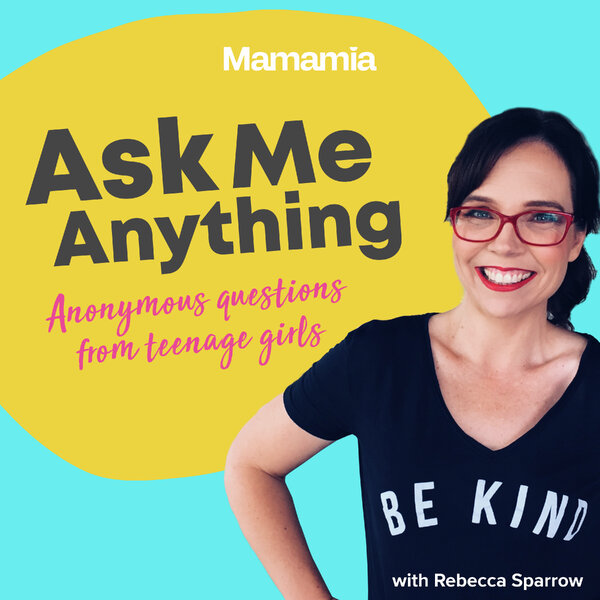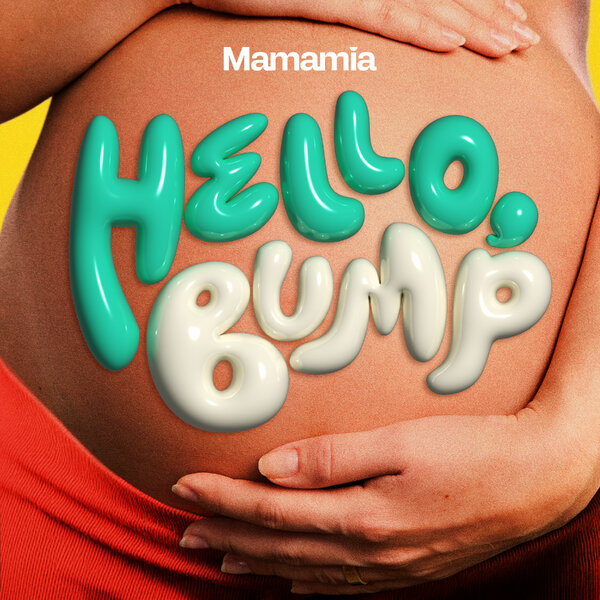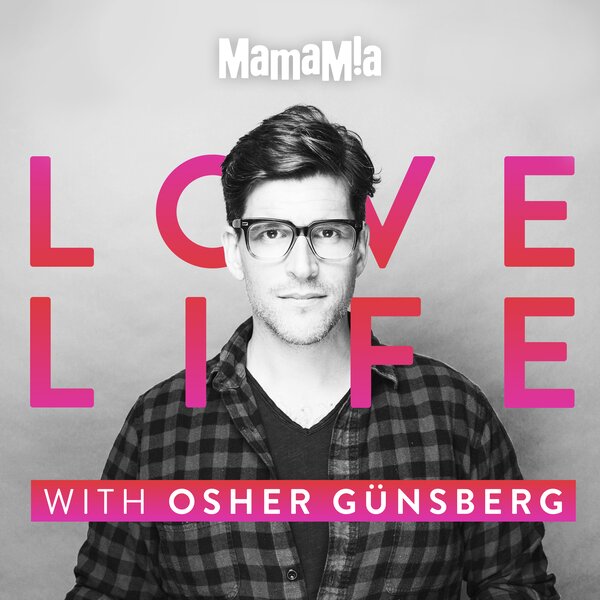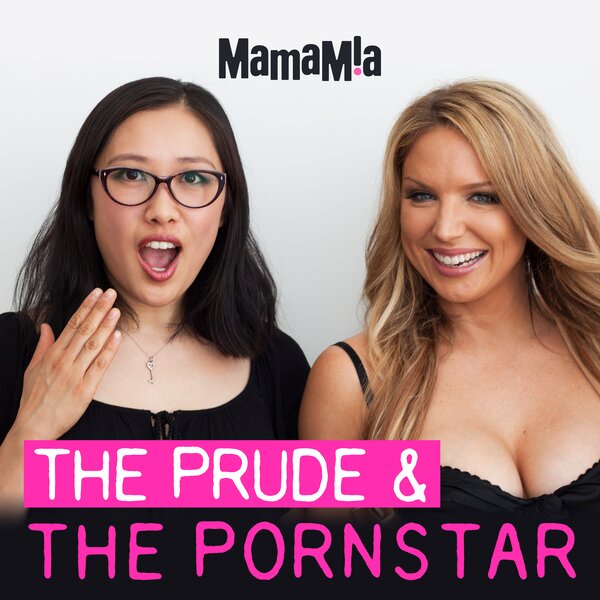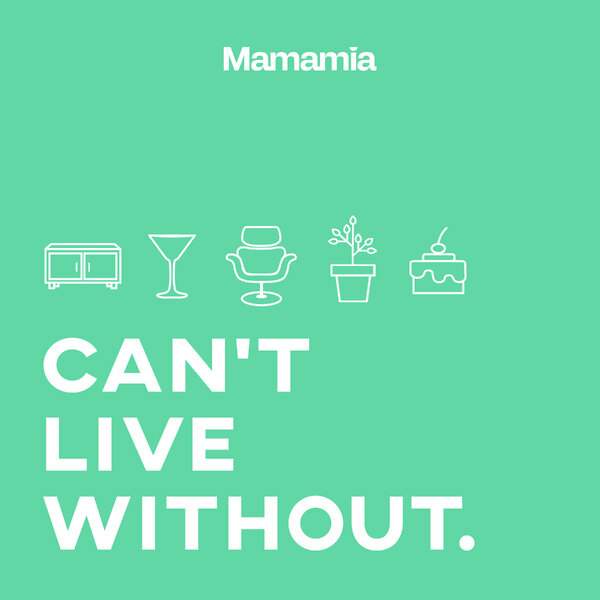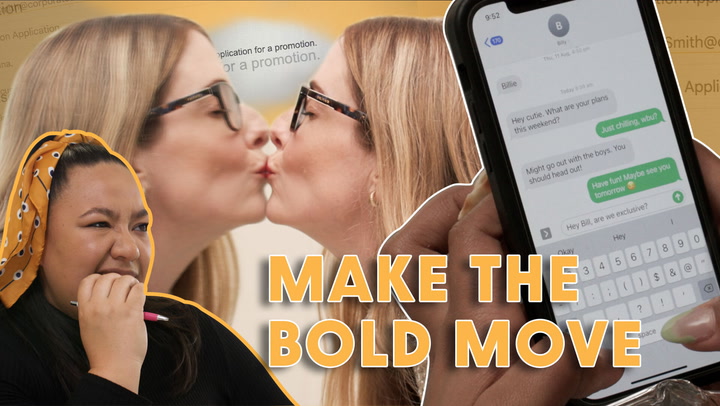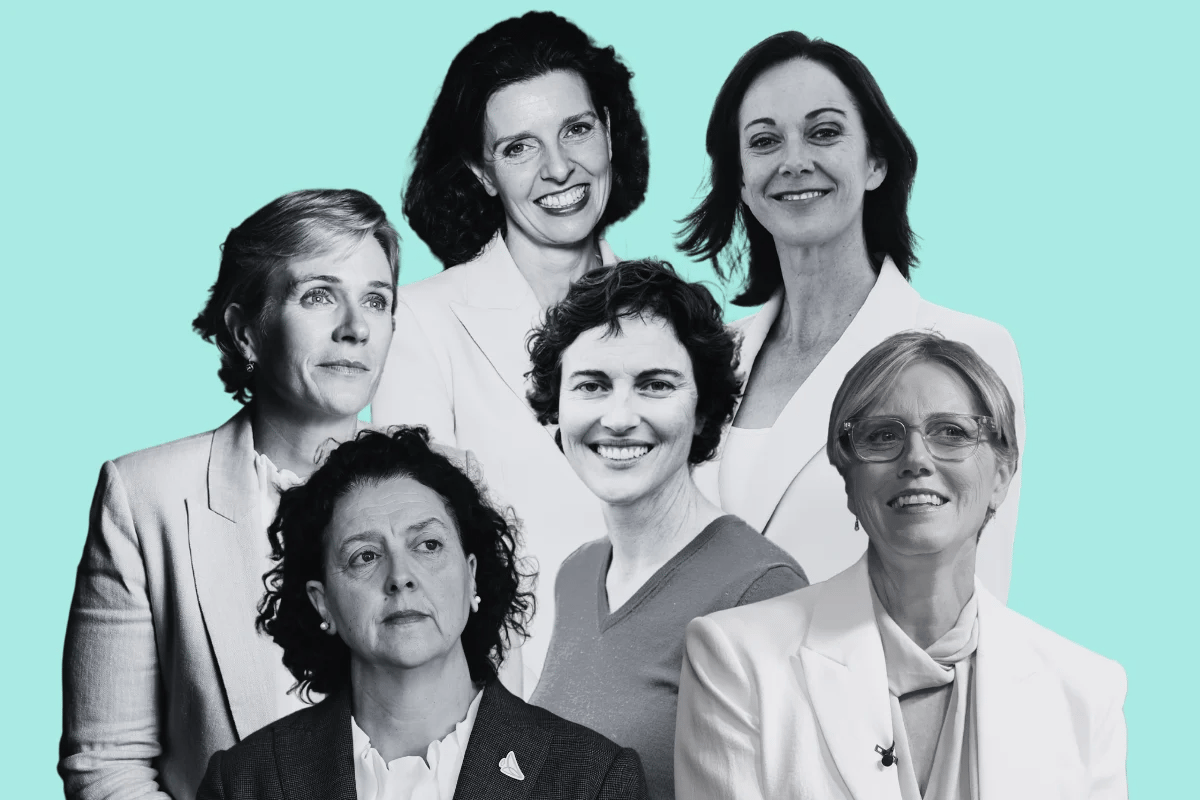
In the last federal election, a new political force stormed into Parliament — women in brightly coloured jackets who were backed by grassroots campaigns, had climate action and integrity at the core of their policies, and called themselves independents. The media dubbed them "teal".
But what actually is a teal independent? How do they work without a party? And the big question: if you vote for one, where do your preferences go? Do they help Labor win? Or the Liberals?
Here's everything you need to know before you head to the ballot box.
But first, listen to Mamamia's twice-daily news podcast, The Quicky. Post continues below.
The teal shift.
What do you get when you mix the Liberals' blue with the Greens'... green? You guessed it: teal.
They earned the name because they tend to represent voters who are economically conservative, think responsible budgets and lower taxes, but who also want urgent action on climate change and more integrity in politics.
At the last federal election, something historic happened. Australians shifted away from the two major parties in droves, especially in safe Liberal seats. Instead, they backed independents, many of them women, who ran community-focused campaigns with climate policy front and centre.
You might already know some of their names. Zali Steggall snatched the seat of Warringah from former PM Tony Abbott, who held it for 25 years. Dr Monique Ryan flipped Kooyong, a long-time Liberal stronghold once held by Josh Frydenberg.
